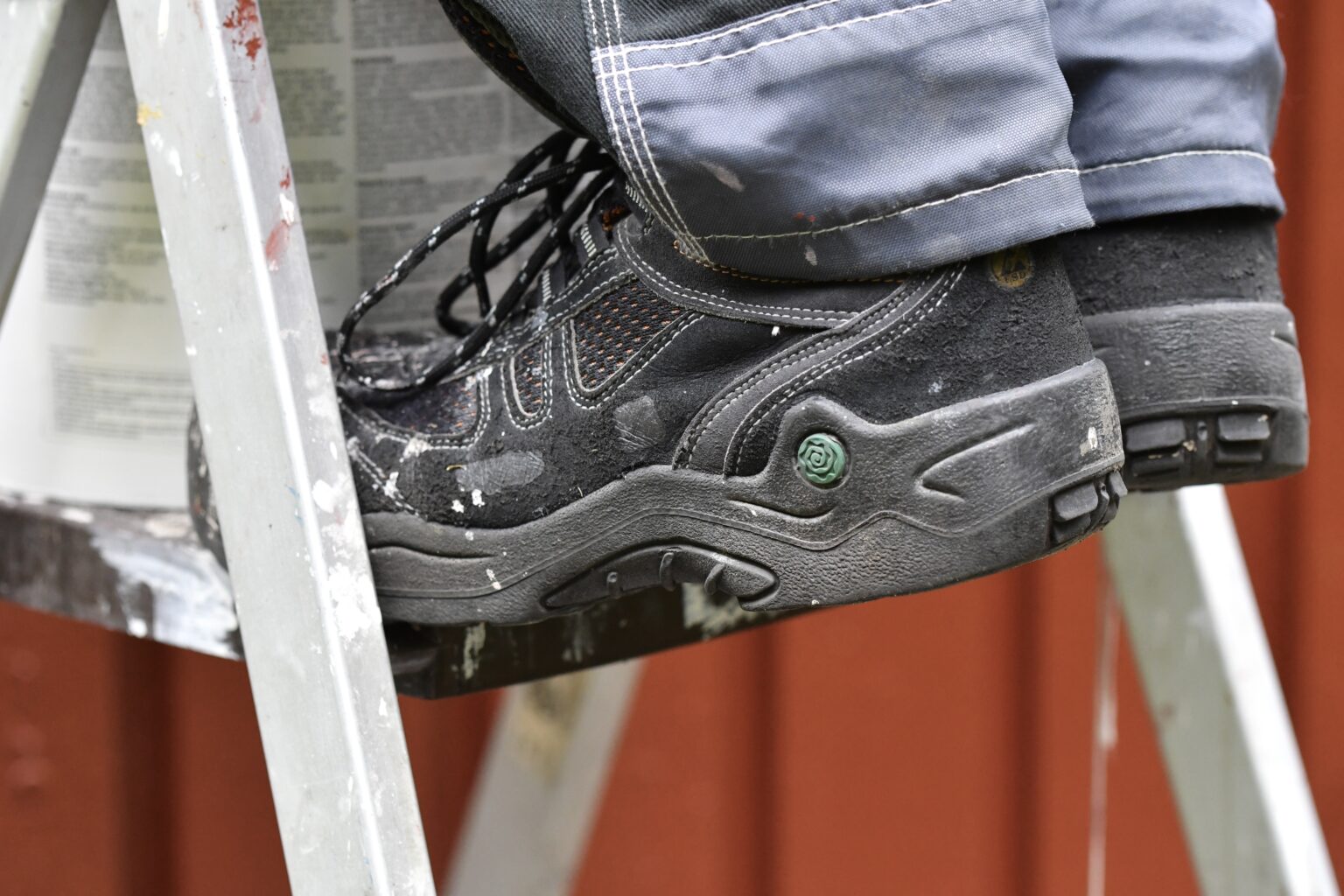
Be Thankful We Can Code That!
With Thanksgiving later this week, now is a good time to revisit some codes and coding guidance for which we are thankful for. Perhaps the

This past weekend we “fell back” and gained that extra hour. This makes it a good time to look at how we assign codes for falls.
First, from the Alphabetic Index, we have a listing for Falling, falls, with a non-essential modifier of “repeated.” This listing takes us to R29.6, Repeated falls. Our inclusion terms noted in the Tabular List are falling and tendency to fall.
We also see we have an Excludes 2 note, which lists at risk for falling and history of falling. Both reference code Z91.81. Remember, on our Excludes 2 instructional notes, these conditions may be assigned together.
For our purposes today, that means we could assign both R29.6 for a patient with repeated falls and Z91.81 for a tendency or history of falling. In fact, our Guidelines explicitly note this at Section I.C.18.d. Repeated falls instructs “Code R29.6, Repeated falls, is for use for encounters when a patient has recently fallen and the reason for the fall is being investigated.
Code Z91.81, History of falling, is for use when a patient has fallen in the past and is at risk for future falls. When appropriate, both codes R29.6 and Z91.81 may be assigned together.” This is important to note, since many coders think one code is sufficient.
The World Health Organization (WHO) has published some key facts about falls. They note that as of 2021, approximately 684,000 people die globally from falls.
Eighty percent of these deaths occur in low- and middle-income countries. Worldwide, falls are the second-leading cause of unintentional injury deaths, with adults over the age of 60 suffering the greatest number of fatal falls. Not all falls are fatal, obviously; however, the World Health Organization (WHO) notes that 37.3 million falls each year are severe enough to require medical attention.
Injuries occurring from falls may be fractures, sprains, contusions, or concussions, just to name a few. In addition to assigning a code for the specific injury, we would assign an external cause code to identify the etiology of the injury. Our Official Guidelines for Chapter 20, External Causes of Morbidity, reminds us that the external cause codes should never be sequenced as the first-listed or principal diagnosis.
The guidelines also instruct that these “external cause codes are intended to provide data for injury research and evaluation of injury prevention strategies.” Another important note in the guidelines is the reference that “there is no national requirement for mandatory ICD-10-CM external cause code reporting.
Unless a provider is subject to a state-based external cause code reporting mandate or these codes are required by a particular payer, reporting of ICD-10-CM codes in Chapter 20, External Causes of Morbidity, is not required. In the absence of a mandatory reporting requirement, providers are encouraged to voluntarily report external cause codes, as they provide valuable data for injury research and evaluation of injury prevention strategies.”
From the External Causes Index, we see Fall, falling as an entry, with a non-essential modifier of accidental. We would assign W19 with placeholder X and a seventh character for the episode of care. This is our unspecified fall option. We know that with ICD-10-CM, we can be very specific on the circumstances of the fall. We can identify environmental factors such as ice and snow. We can assign specifically for falls from a stumble or slip or trip. Falls from specific furniture or vehicles can also be assigned.
When you do a frequent review of external cause guidelines, coding falls won’t trip you up.


With Thanksgiving later this week, now is a good time to revisit some codes and coding guidance for which we are thankful for. Perhaps the

When we think of November we think of fall and, most likely, Thanksgiving, but did you know that November 2025 is Chronic Obstructive Pulmonary Disease
Please log in to your account to comment on this article.

Accurately determining the principal diagnosis is critical for compliant billing, appropriate reimbursement, and valid quality reporting — yet it remains one of the most subjective and error-prone areas in inpatient coding. In this expert-led session, Cheryl Ericson, RN, MS, CCDS, CDIP, demystifies the complexities of principal diagnosis assignment, bridging the gap between coding rules and clinical reality. Learn how to strengthen your organization’s coding accuracy, reduce denials, and ensure your documentation supports true medical necessity.

Denials continue to delay reimbursement, increase administrative burden, and threaten financial stability across healthcare organizations. This essential webcast tackles the root causes—rising payer scrutiny, fragmented workflows, inconsistent documentation, and underused analytics—and offers proven, data-driven strategies to prevent and overturn denials. Attendees will gain practical tools to strengthen documentation and coding accuracy, engage clinicians effectively, and leverage predictive analytics and AI to identify risks before they impact revenue. Through real-world case examples and actionable guidance, this session empowers coding, CDI, and revenue cycle professionals to shift from reactive appeals to proactive denial prevention and revenue protection.

Sepsis remains one of the most frequently denied and contested diagnoses, creating costly revenue loss and compliance risks. In this webcast, Angela Comfort, DBA, MBA, RHIA, CDIP, CCS, CCS-P, provides practical, real-world strategies to align documentation with coding guidelines, reconcile Sepsis-2 and Sepsis-3 definitions, and apply compliant queries. You’ll learn how to identify and address documentation gaps, strengthen provider engagement, and defend diagnoses against payer scrutiny—equipping you to protect reimbursement, improve SOI/ROM capture, and reduce audit vulnerability in this high-risk area.

Only ICD10monitor delivers what you need: updates on must-know changes associated with the FY26 IPPS, including new ICD-10-CM/PCS codes, CCs/MCCs, and MS-DRGs, plus insights, analysis and answers to your questions from two of the country’s most respected subject matter experts.

Get clear, practical answers to Medicare’s most confusing regulations. Join Dr. Ronald Hirsch as he breaks down real-world compliance challenges and shares guidance your team can apply right away.

Federal auditors are zeroing in on Inpatient Rehabilitation Facility (IRF) and hospital rehab unit services, with OIG and CERT audits leading to millions in penalties—often due to documentation and administrative errors, not quality of care. Join compliance expert Michael Calahan, PA, MBA, to learn the five clinical “pillars” of IRF-PPS admissions, key documentation requirements, and real-life case lessons to help protect your revenue.

During this essential RACmonitor webcast Michael Calahan, PA, MBA Certified Compliance Officer, will clarify the rules, dispel common misconceptions, and equip you with practical strategies to code, document, and bill high-risk split/shared, incident-to & critical care E/M services with confidence. Don’t let audit risks or revenue losses catch your organization off guard — learn exactly what federal auditors are looking for and how to ensure your documentation and reporting stand up to scrutiny.

Learn how to navigate the proposed elimination of the Inpatient-Only list. Gain strategies to assess admission status, avoid denials, protect compliance, and address impacts across Medicare and non-Medicare payors. Essential insights for hospitals.
Prepare for the 2025 CMS IPPS Final Rule with ICD10monitor’s IPPSPalooza! Click HERE to learn more
Get 15% OFF on all educational webcasts at ICD10monitor with code JULYFOURTH24 until July 4, 2024—start learning today!
CYBER WEEK IS HERE! Don’t miss your chance to get 20% off now until Dec. 1 with code CYBER25
CYBER WEEK IS HERE! Don’t miss your chance to get 20% off now until Dec. 2 with code CYBER24